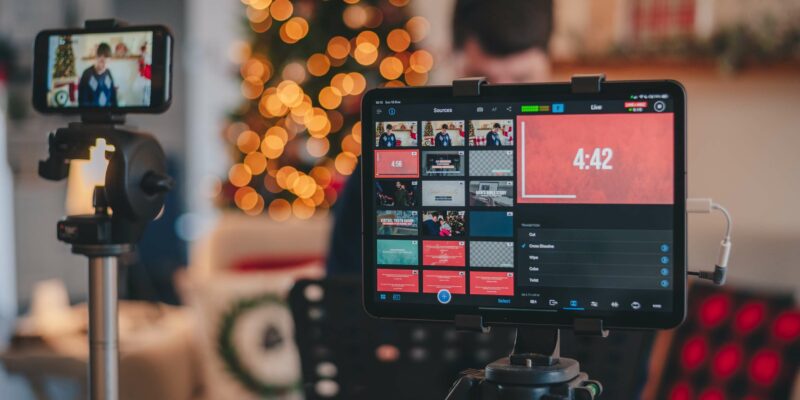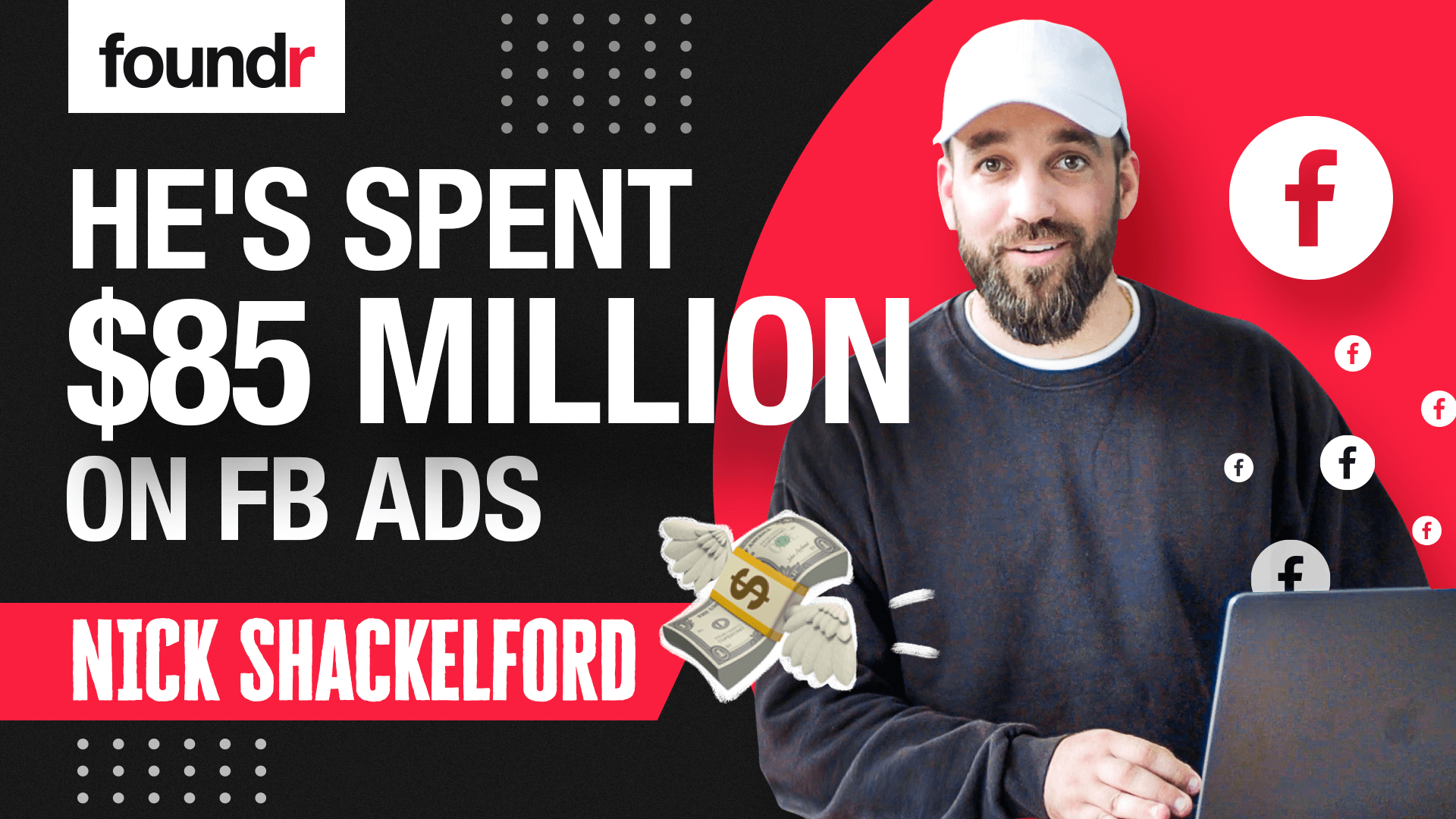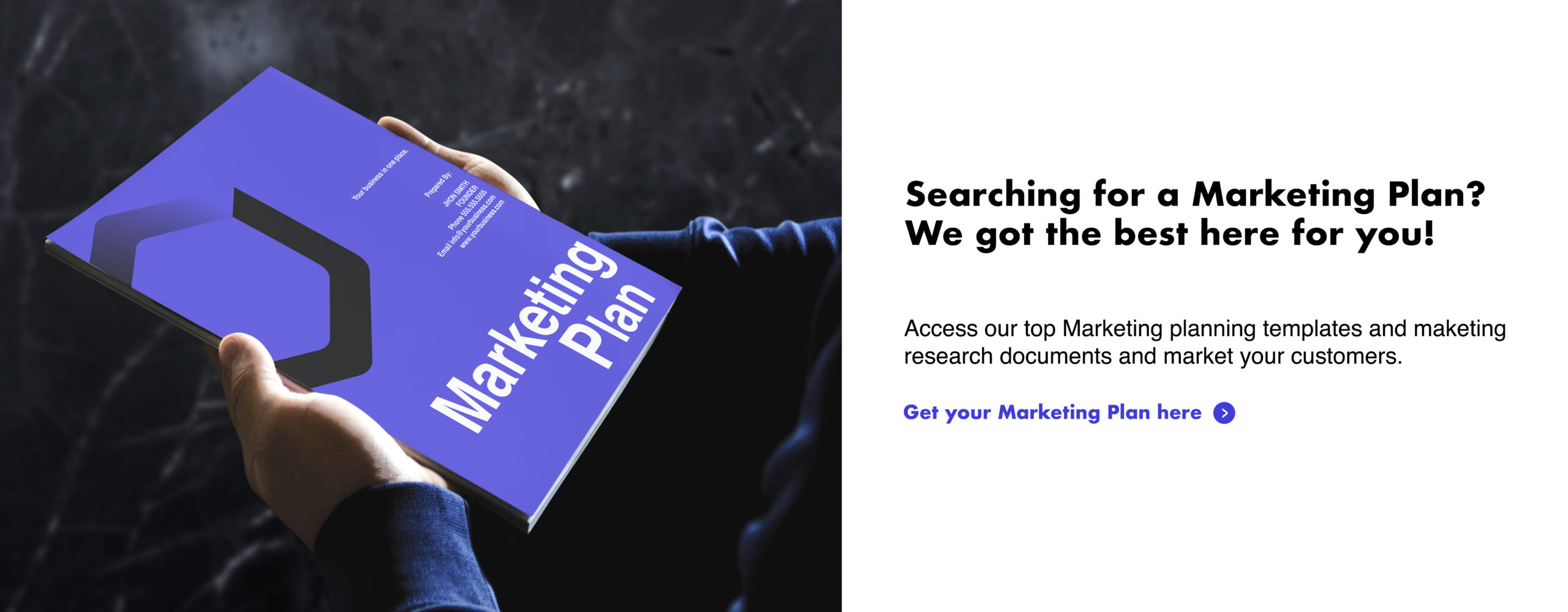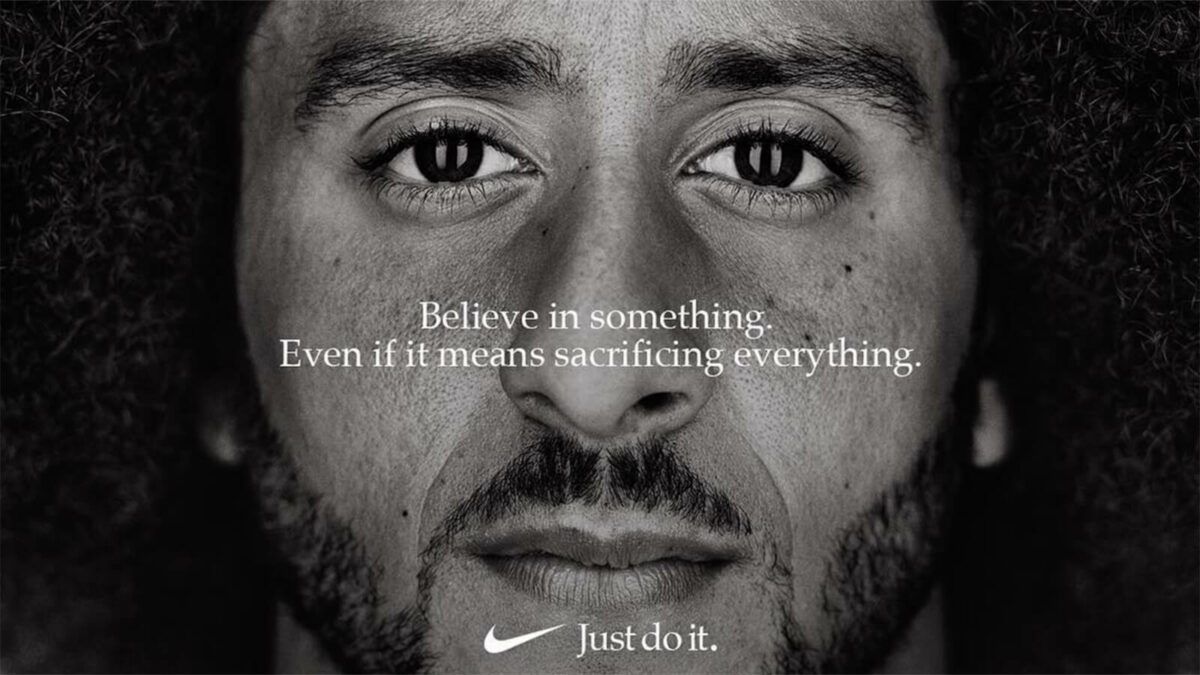So you have a YouTube channel. You have a few dozen—maybe even a few hundred—subscribers. You’re getting some views, but nothing that’s helping you grow your business.
If you’re seeing little to no results from your YouTube channel, then you may need a new marketing strategy—one that helps you grow your account consistently, and one that helps your business make more money.
While this may seem like an impossible feat at times, believe me, it’s worth it. I’m a huge fan of YouTube. I’m constantly watching videos—from your typical funny gym fail compilation to political analysis to interesting business videos and more.
I’ve seen small channels go from 0 to 100,000 subscribers (and beyond) in a few short years. These channels weren’t lucky; they were able to leverage specific tactics that transformed their channels from mere hobbies to profitable businesses.
In this article, you will learn how you can create your own YouTube marketing strategy so you can grow your subscriber count and your bank account.































